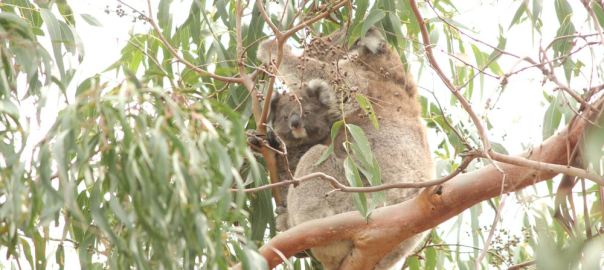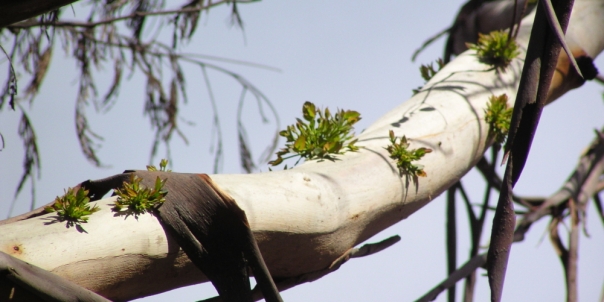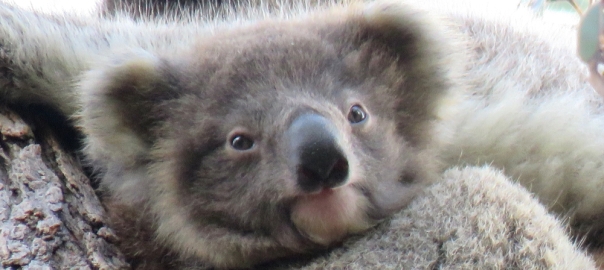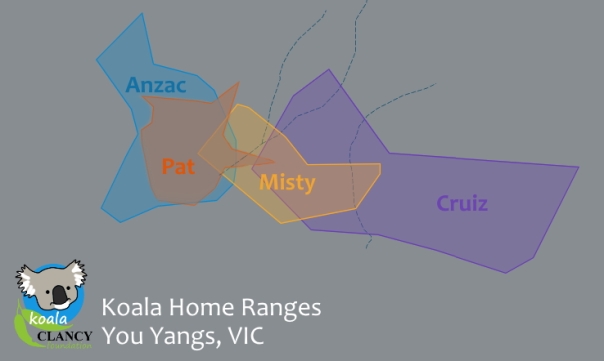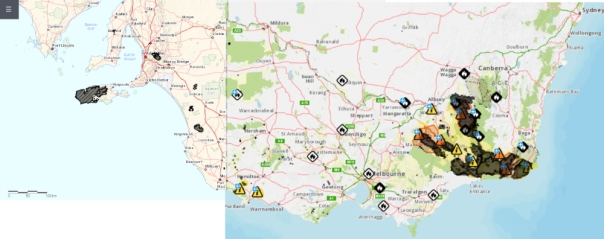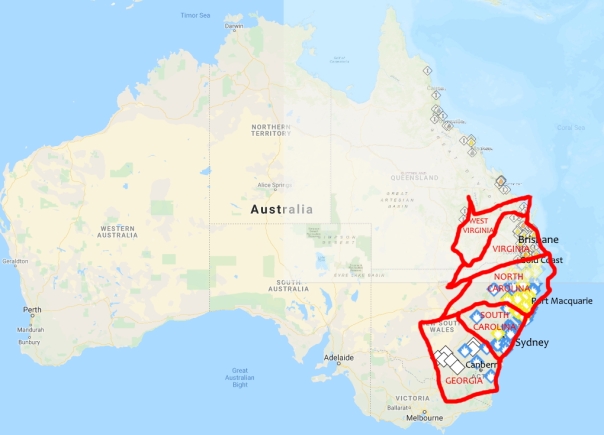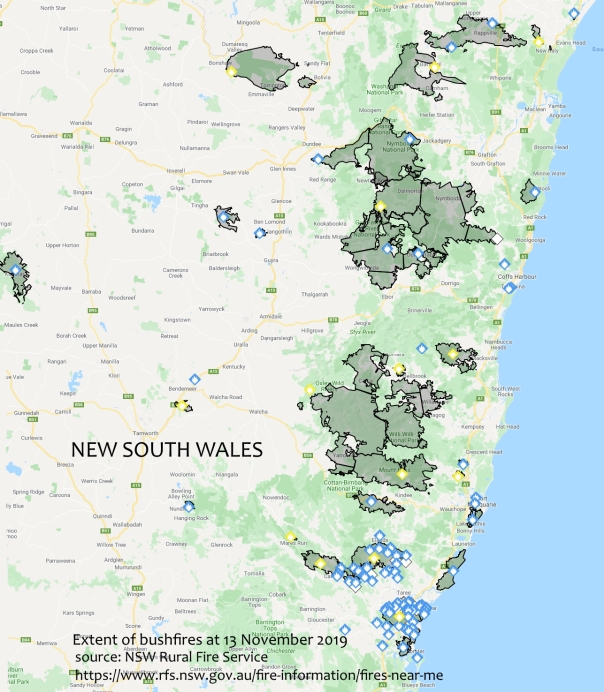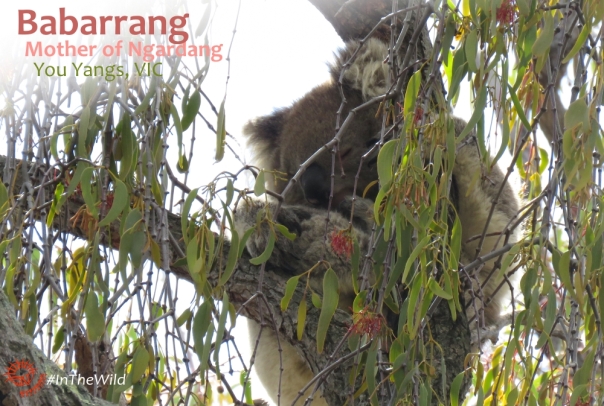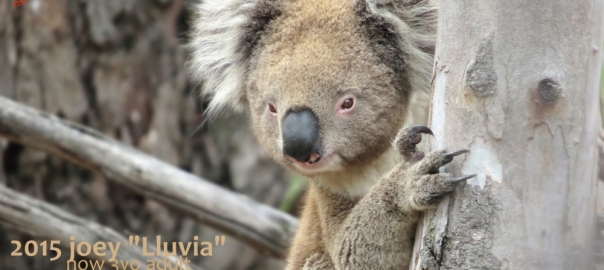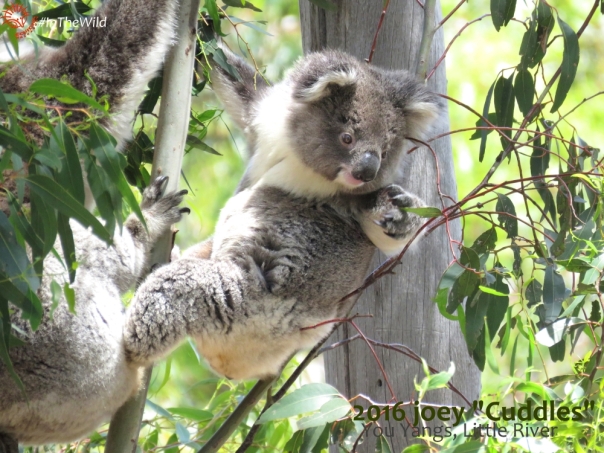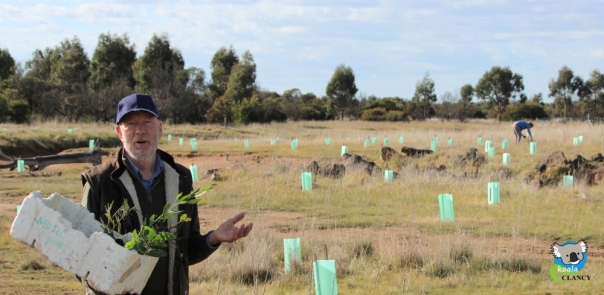Politicians can only do their job properly if they know what their constituents (voters) want. Yet, surprisingly, few people contact their political representatives.
Your personal story is what interests them the most. Tell them why koalas matter to you. Make it personal, honest, brief and simple. They want to be in touch with the real people on the street.
Some say a phone call is the best way to contact a politician. Apparently it is not uncommon for a politician to support a bill after just 7 to 10 phone calls from the public supporting it. If you get nervous, write a little script first to ensure you say what you want to say. Don’t worry – you will be answered by a polite and courteous member of the politician’s staff. They won’t ask lots of questions or grill you for facts. They will take a record of your call and the issue – in fact ask them to do this.
See below for a sample phone call script. Also see below for links to Federal, State & Local Members, Senators and Ministers.
Emails and written letters are also worthwhile, and both are logged on the public record. Keep them to one page maximum. See below for a sample letter suggestion.
Thankyou for standing up for koalas!
Sample phone call:
Hello, thankyou for taking my call. Happy Wild Koala Day!
My name is and I live in [the minister’s/member’s/senator’s] electorate. I’m calling to draw [the minister’s/member’s/senator’s] attention to the issue of wild koala protection.
I am a …. and this is what’s happened to me……. I am worried about…..
I have 3 points to raise:
- Koalas are worth $3billion to the Australian economy every year. Investment in koalas will pay off in jobs. (or something similar)
- I strongly urge [the minister/member/senator] to [support the VIC: Great Forest National Park / NSW: Great Koala National Park / QLD: funding to Koala Ecology Group at University of Qld] (or) [strengthen the VIC: Management of koala welfare in Blue Gum plantations / NSW: Biodiversity Conservation Act & Local Land Services Amendment Act/ QLD: the Vegetation Management Act]
- I strongly urge [the minister/member/senator] to oppose the …….. (weakening of land clearing laws/ funding cuts to National Parks agencies/ funding cuts to scientific research/or similar)
I would be pleased to see [the minister’s/member’s/senator’s] support of this in future.
Thanks for your time.
Sample letter/email:
The Hon…..
From: (your name, your address, town, state)
Subject (in subject line of email, or here for a letter): [something like: Please support koalas and jobs or other /Please oppose XXX / or Koalas are important to me]
Dear [Minister/Senator/Mr/Mrs/Ms/Dr] their last name
I write to you as [who you are – one of your constituents/a concerned citizen/a koala rescuer/a tourism operator/a grandparent etc] [I have met you at …./voted for you/voted for your party in the past/I have never written before] and I want to bring my concerns to your attention and ask for your support.
[Last year/recently/etc] I had a confronting experience: I was called upon to …. [rescue an injured koala from the road/take an international friend for a walk to see koalas and couldn’t find any/give water to a thirsty koala/or similar] and it made me realise that time was running out for koalas.
Koalas are worth an estimated AUD $2-3billion per year through tourism, and an estimated 60,000 jobs. But they are declining in (your state – if state polly/across most of their range – if federal) and I and my [friends and family/co-workers] are worried about [our jobs/our future].
Please, I urge you to support any bill that increases funding to National Parks, scientific koala research, tree planting on private land and river health; and to oppose any bill that allows clearing of native forest, new mines in koala habitat, new roads or rail through koala habitat. (or insert any local issue here including those listed above in the phone sample)
In particular I ask for your support for the [VIC: Great Forest National Park / better legislation for Blue Gum harvesting / NSW: Great Koala National Park/ wildlife crossings Appin / insert any local issue here] and opposition to [QLD: Toondah Harbor proposal / Vulcan South mine/ NSW: logging of Pine Creek / removal of Cumberland Plain forest / VIC: unscientific planned burns / insert any local issue here]
Thankyou for your time. I look forward to hearing back from you.
Yours sincerely,
[your name]
LIST OF FEDERAL, STATE & LOCAL LINKS TO MEMBERS, SENATORS & MINISTERS:
Federal: Search for your Federal Senators and local member with your postcode: http://www.aph.gov.au/Senators_and_Members
Federal Ministers:
- Prime Minister: Anthony Albanese Parliament Office PH: (02) 6277 7700 Electoral office PH: (02) 9564 3588 Twitter: @alboMP
- Minister for Agriculture, Fisheries and Forestry: Murray Watt Parliament Office PH: (02) 6277 7700 Electoral office PH: (07) 5531 1033 Twitter: @MurrayWatt
- Minister for Trade & Tourism: Don Farrell Parliament Office PH: (02) 6277 7420 Electoral office: (08) 8231 8400 Email: senator:farrell@aph.gov.au
- Treasurer: Jim Chalmers Parliament Office PH: (02) 6277 7700 Electoral office PH: (07) 3299 5910 Email: jim.chalmers.mp@aph.gov.au
- Minister for the Environment: Tanya Plibersek Parliament Office PH: (02) 6277 7920 Electoral office PH: (02) 9379 0700 Email: tanya.plibersek.mp@aph.gov.au
Shadow Ministers:
- Leader of the Opposition: Peter Dutton Parliament Office PH: (02) 6277 4664 Electoral office: (07) 3205 9977 Email: peter.dutton.mp@aph.gov.au
- Shadow Minister for Environment, Fisheries, and Forestry: Jonathon Duniam Parliament office PH: (02) 6277 4877 Electoral office: (03) 6231 2444 Email: Senator.Duniam@aph.gov.au
- Shadow Minister for Tourism: Kevin Hogan Parliament Office PH: (02) 6277 3053 Electoral office PH: (02) 6621 4044 Email: kevin.hogan.mp@aph.gov.au
- Shadow Minister for Climate Change & Energy: Ted O’Brien Parliament Office PH: (02) 6277 4822 Electoral Office: (07) 5479 2800 Email: ted.obrien.mp@aph.gov.au
New South Wales State: Find your electorate: https://elections.nsw.gov.au/elections/find-my-electorate Then search it here: https://www.parliament.nsw.gov.au/members/pages/all-members.aspx?house=la&tab=search
NSW Ministers
- Premier: Chris Minns PH: (02) 7225 6000 Twitter: @ChrisMinnsMP
- Minister for Energy, Climate Change, Environment: Penny Sharpe PH: (02) 7225 6020
- Opposition Leader: Mark Speakman PH: 02 9230 2104 Email: liberal.leader@parliament.nsw.gov.au
New South Wales Local: http://www.olg.nsw.gov.au/find-my-council Once you have searched your address, scroll down to find the names of your council members.
Victoria State: Find your electorate: http://www.parliament.vic.gov.au/findelectorate/ Then search it here: http://www.parliament.vic.gov.au/members
VIC Ministers:
-
- Premier: Jacinta Allan Ph: (03) 5443 2144 Email: jacinta.allan@parliament.vic.gov.au
- Minister for Climate Action, Energy and Resources: Lily D’Ambrosio PH: (03) 9422 5171 Email: lily.dambrosio@parliament.vic.gov.au
- Minister for Environment and Tourism: Steve Dimopoulos PH: (03) 9568 2456 Email: steve.dimopoulos@parliament.vic.gov.au
- Leader of the Opposition: John Pesutto PH: (03) 9882 4088 Email: john.pesutto@parliament.vic.gov.au
- Premier: Jacinta Allan Ph: (03) 5443 2144 Email: jacinta.allan@parliament.vic.gov.au
Victoria Local: Find your council here: https://knowyourcouncil.vic.gov.au/councils Then search it here: http://www.vic.gov.au/ You will have to go to the council website for a list of all councillors.
Queensland State: Find your electorate: https://www.ecq.qld.gov.au/electoral-boundaries/where-is-my-electorate Then choose it from the dropdown “Find a Member” here: https://www.parliament.qld.gov.au/members/current/list
QLD Ministers:
- Premier: Steven Miles PH: (07) 3448 9300 Email: Murrumba@parliament.qld.gov.au
- Minister for Environment & the Great Barrier Reef: Leanne Linard PH: (07) 3638 7100 Email: Nudgee@parliament.qld.gov.au
- Minister for State Development and Infrastructure: Grace Grace PH: (07) 3145 9100 Email: mcconnel@parliament.qld.gov.au
- Minister for State Development/Minister for Natural Resources & Mines
- Leader of the Opposition: David Crisafulli PH: (07) 5560 6100 Email: Broadwater@parliament.qld.gov.au
Queensland Local: https://www.getready.qld.gov.au/find-your-local-council
South Australia State: Find your electorate: https://www.ecsa.sa.gov.au/map Then look for it here: https://www.parliament.sa.gov.au/Members/Member-Details
Tasmania State: Find it all here: https://www.tec.tas.gov.au/services/MyReps/Index.php
Western Australia: Find your electorate: https://www.boundaries.wa.gov.au/electorates/find-your-electorate Then search it here: http://www.parliament.wa.gov.au/parliament/memblist.nsf/WebCurrMembElectorate
Northern Territory: Find your electorate: https://ntec.nt.gov.au/electoral-boundaries/find-my-electorate Then search it here: https://parliament.nt.gov.au/members/by-name
SENATORS: find your Federal Senators by state below. All the Senators representing your state are representing you.
